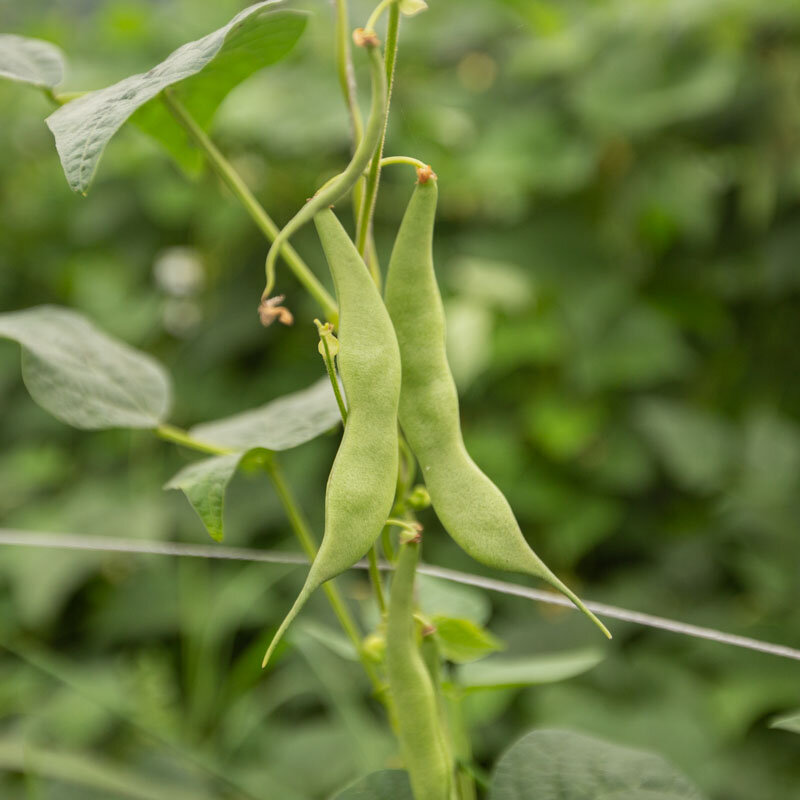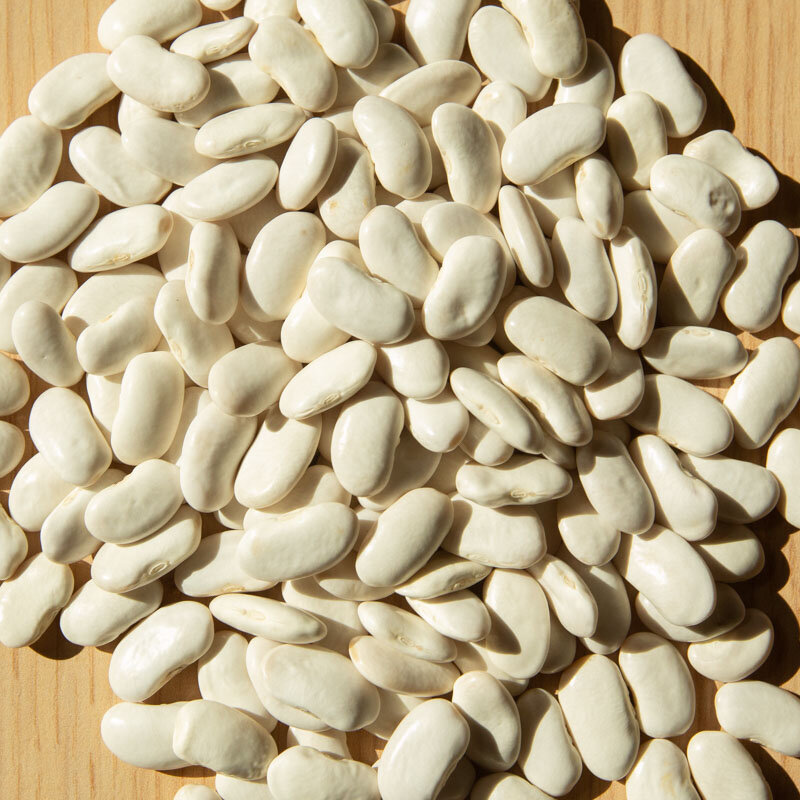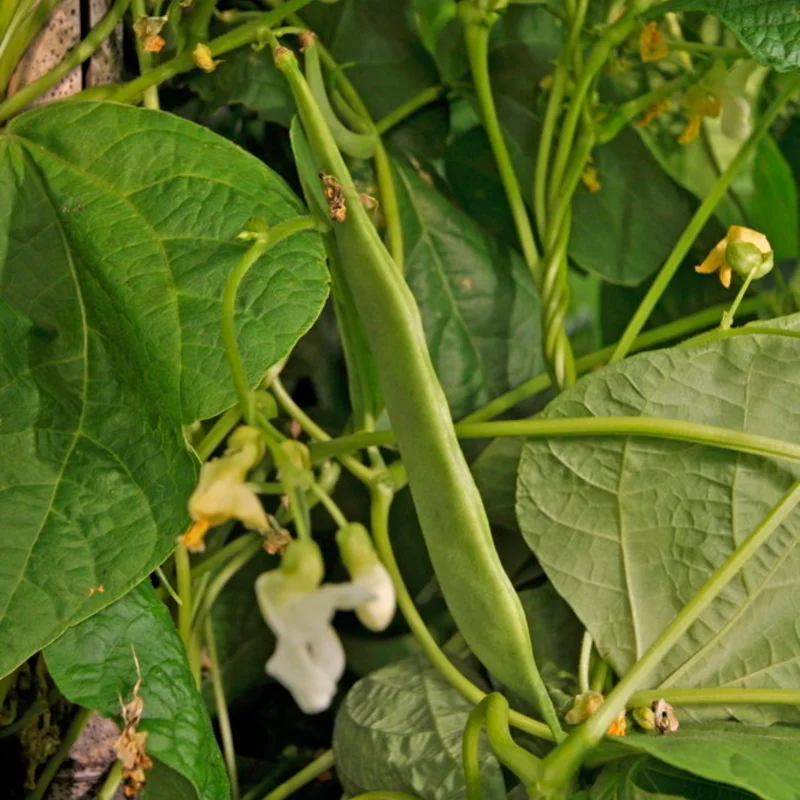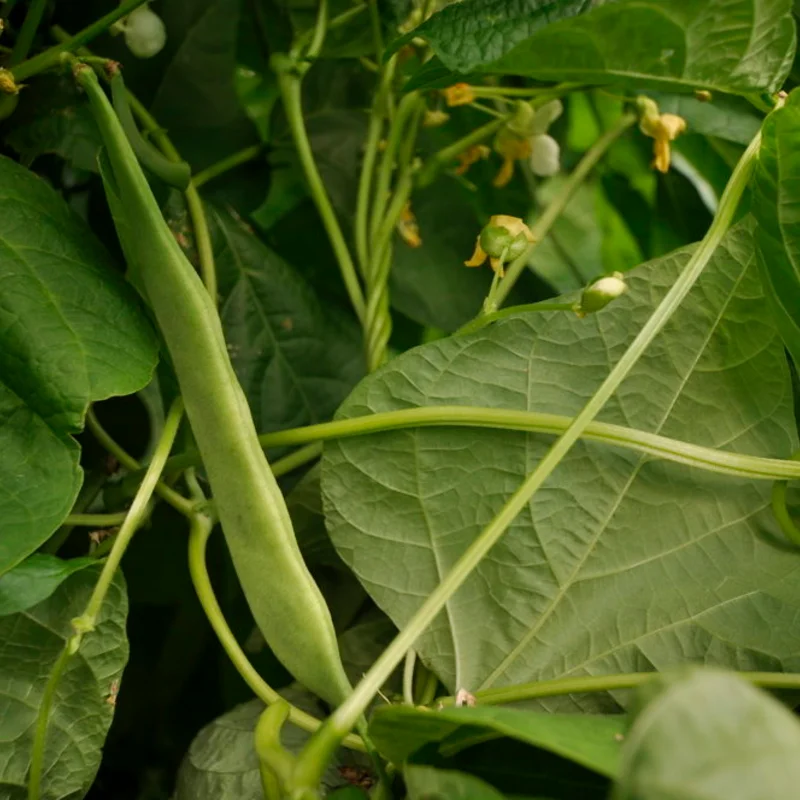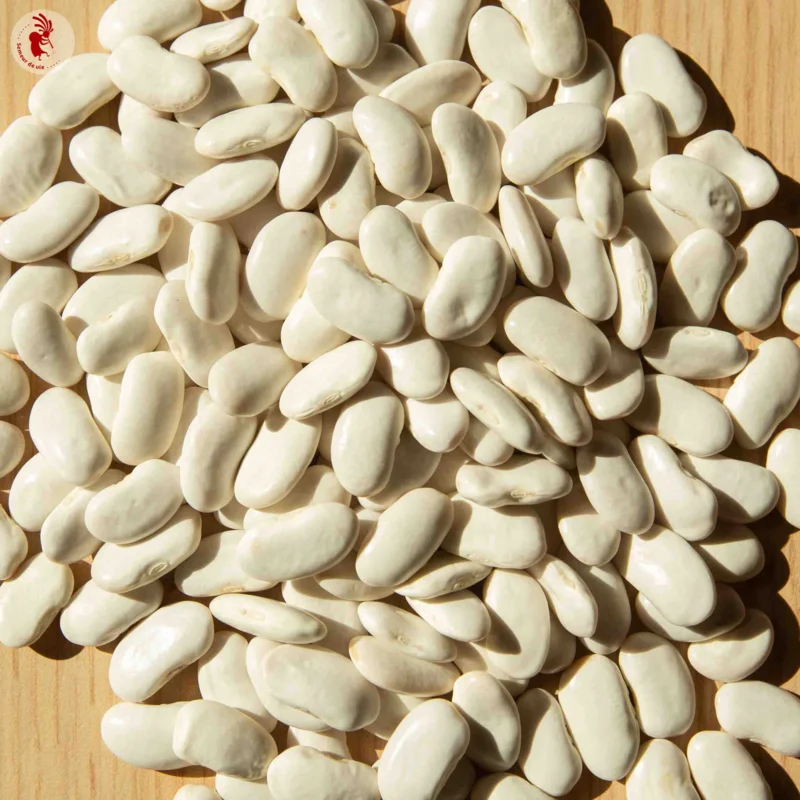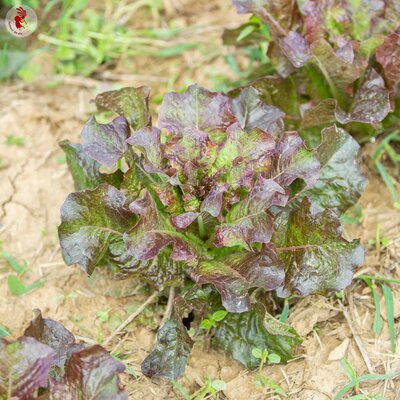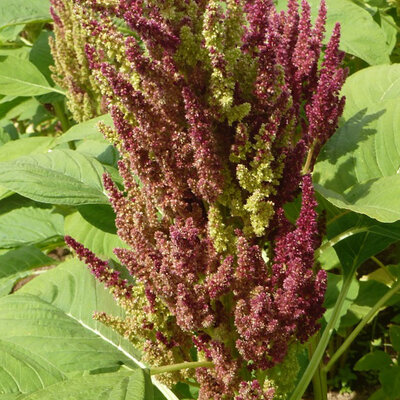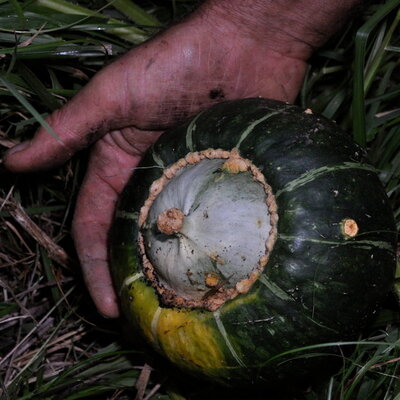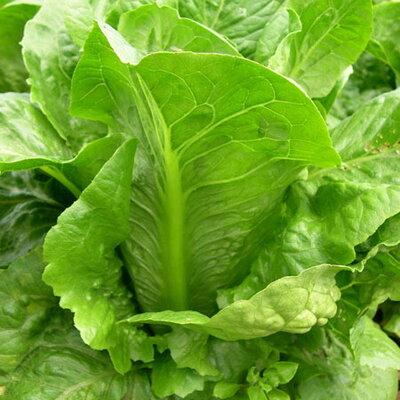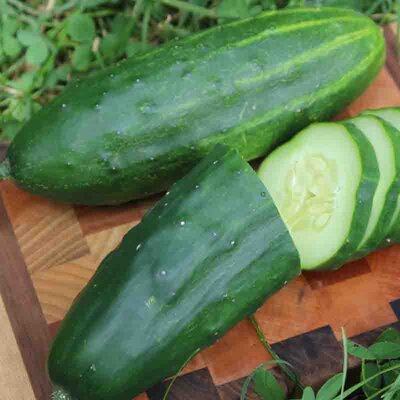Tarbais - Rowing Common Bean
Haricot Tarbais - String beans for shelling
The Tarbais bean is a very old variety with pods around 20 cm long. They offer melt-in-the-mouth beans, traditionally used in the preparation of cassoulet.
This variety can grow up to 2.50 m tall.
Characteristics of the Tarbais bean
Imported to Europe by Christopher Columbus, then cultivated in south-western France by the Bishop of Tarbes in the 17th century, beans quickly became a staple of the Pyrenees. The Tarbais bean, Phaseolus vulgaris, a product of these crops, is selected today for the preparation of cassoulet. This ancient variety of white string bean produces green pods 15 to 20 cm long, with white, thin-skinned, broad, flat beans. Once cooked, they retain all their firmness, and their melt-in-the-mouth texture makes them an ideal accompaniment to duck confit.
How to grow Tarbais beans?
Tarbais beans can be sown directly in the ground from mid-May to mid-July, or as early as March if the weather is mild. They can also be sown in pots in colder, wetter regions. Germination takes about a week. However, if seeds are soaked in lukewarm water before planting, emergence will be faster. Choose a sunny position and well-warmed, moist, well-drained soil.
Sow in rows 40 cm apart, every 8 cm, or in stacks of 3 to 5 seeds 40 cm apart in all directions, 2 to 3 cm deep. Cultivate plants 3 weeks after emergence. These pole beans can grow up to 2.50 m tall, and stakes must be installed before the voluble stems emerge for these climbing plants to develop harmoniously.
Traditionally grown in the Tarbes region, this bean is associated with corn, which provides a solid support. One bean seed is sown for every two corn seeds. Stagger sowing every 15 days to enjoy these delicious semi-dry beans for longer.
Carrots, cauliflower , beet and cucumber make excellent companion plants. Also consider tagetes and savory, which protect beans from insect pests. Avoid growing leeks and onions.
When to harvest the Tarbais Bean?
Tarbais beans are harvested in June and throughout the season, as soon as the pods start to turn yellow, so that the beans can be enjoyed semi-dry. For seed production or consumption of dried beans, wait until the pods are completely dry and brown before picking.
Although semi-dry beans can be kept for a few days in the fridge, it's best to eat them immediately after harvesting to benefit from their nutritional qualities. They can also be frozen or kept in sterilized jars after blanching. Dried beans can be stored for several years in airtight containers, but should be frozen for a few weeks to avoid bruchid infestation.
The Tarbais bean is one of the white bean varieties chosen for the cassoulet recipe with duck confit. They are equally delicious in tomato sauce, vegetable velouté or as a hummus with spices and olive oil.
These products may also be of interest to you
in the ground
Sow directly in place, 2 to 3 cm deep, every 8 cm, in rows 40 cm apart, or in stacks of 3 to 5 seeds, 40 cm apart in all directions. After emergence, plant 3 weeks before planting. In mild climates, seed can be sown as early as April.
For staking, place stakes over 2 m high before the beans emit their long, voluble stalks. To enjoy fresh or semi-dry beans, harvest the pods when they start to turn yellow; to eat them dry, wait until the pods have dried completely.
May, June, July
July, August, September, October
in the ground
sunny
fort
all floor types
reheated, rich, drained
Phaseolus vulgaris
mid-season
60 grams
elongated
tender
for shelling
Green, White
From 200 to 250 cm
From 15 to 20 cm
rowing
France
This ancient variety originated in southwestern France. It is used in the preparation of cassoulet. By 1881, 18,500 hectares were under cultivation in the Tarbes plain. Beans were brought to Europe by Christopher Columbus, and adapted very well to the dry, sunny, rocky climate of south-west France. History tells us that when Catherine de Medici, the future wife of Henry II of France, arrived in Marseille in 1533, she carried with her a dry batch of beans that her brother had given her as a wedding present. It was the Bishop of Tarbes who, after a visit to Spain in the 17th century, began to cultivate beans with great success, passing them on to the farmers of the Tarbes region. Tarbes beans began to cover the Pyrenees, and the secret of their cultivation was passed down from generation to generation.



